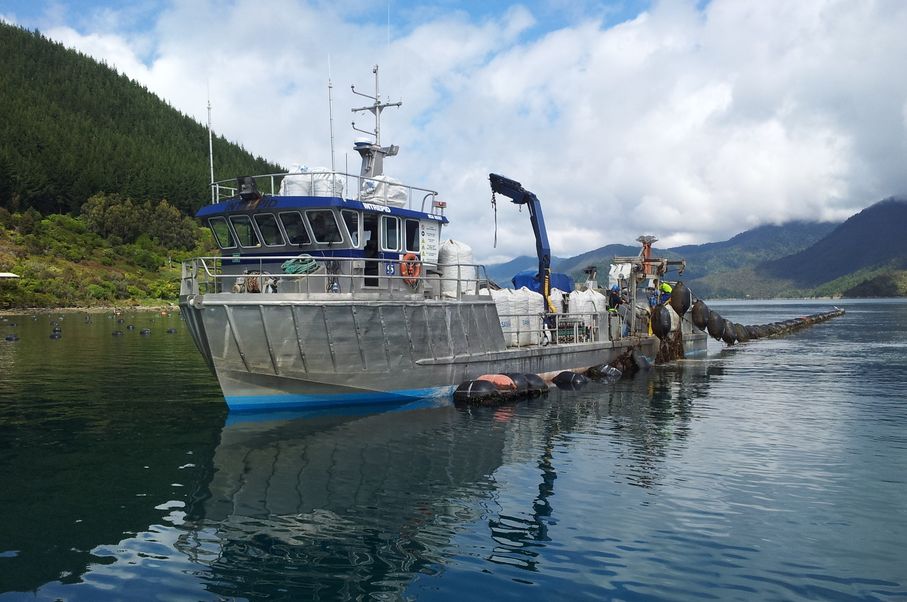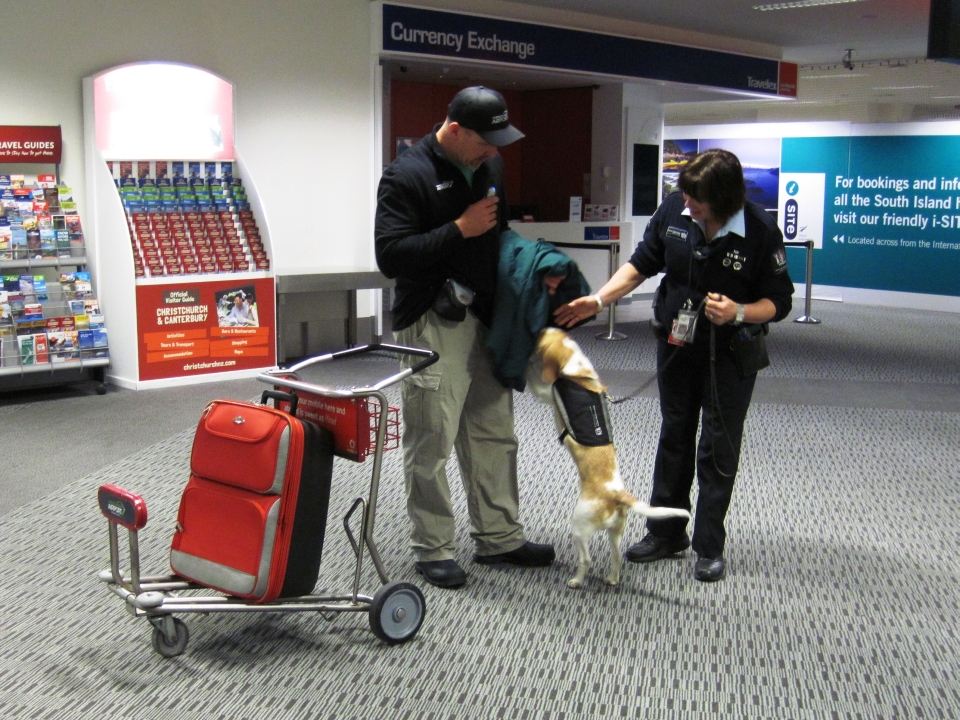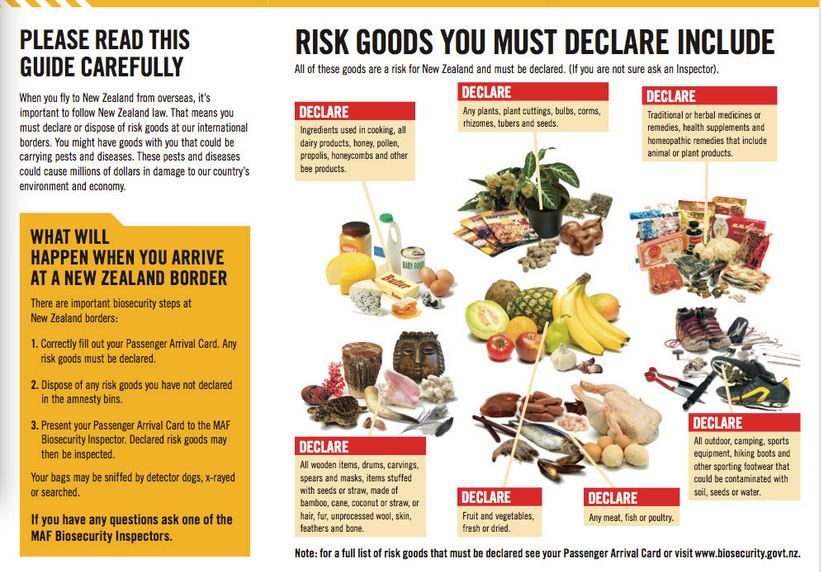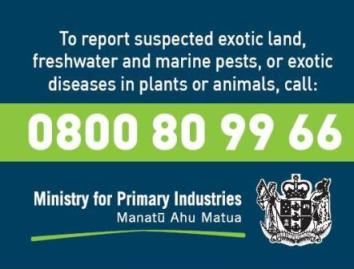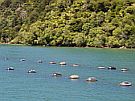New Zealand has many native species that live no where else in the world. When people arrived in New Zealand they brought with them predators and pests that now threaten our native species and impact on our primary industries.
Biosecurity helps to prevent or reduce any damage caused by introduced organisms.
What is biosecurity?
Biosecurity is about keeping New Zealand free of unwanted organisms and controlling, managing or getting rid of them should they arrive in the country.
Biosecurity in New Zealand includes a set of measures designed to protect our country from the entry and spread of pests and diseases. Anything that is brought into New Zealand or moved around New Zealand has the potential to introduce or spread harmful pests and diseases, so biosecurity is everyone’s responsibility.
Pests and diseases are a risk to:
- the economy – our primary industry exports generate over 36 billion dollars each year
- environment – New Zealand has many unique plants and animals that have evolved over millions of years. These plants and animals could be at risk if certain pests and diseases enter the country
- values – pests and diseases could change the way we are able to work and play, for example aquatic weeds could stop people from using our waterways for recreation or for gathering food
- human health – pests and diseases can harm our health, for example bird flu.
What makes a pest a ‘pest’?
Plant and animal pests are those that have been introduced to New Zealand and threaten our native plants, animals and natural habitats. Plant and animal pests have become the biggest threat to our native plants and animals.
Plant pests threaten our native plants by smothering, strangling or crowding them out. Eventually plant pests can take over our forests and wetlands. Many are also a nuisance to farmers, in home gardens and may cause health problems for some people. You can find out more about some common weeds here.
Animal pests threaten ecosystems, such as forests and wetlands. Some animal pests, such as wild goats and possums, destroy plants by eating their leaves, flowers or fruit. Other animal pests, such as stoats and rats, eat our native birds or their eggs as well as native lizards, frogs and insects.
Many animal pests are also a problem for farmers, in people's gardens and for businesses. For example, goats create erosion on riverbanks, and possums carry bovine tuberculosis (Tb). Bovine Tb is a disease that affects farm animals and threatens our export markets. You can find out more about animal pests here.
Pest fish also affect our waterways, such as lakes and rivers.
Some biosecurity threats that already exist in New Zealand include: 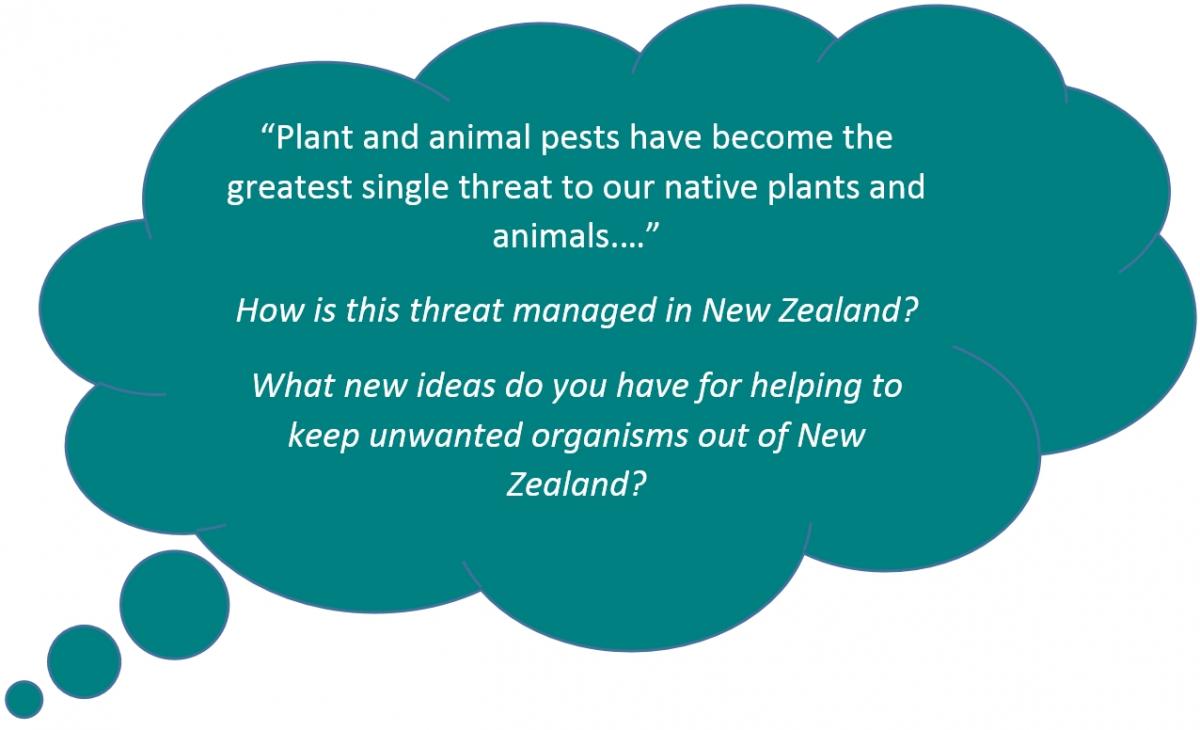
- didymo
- kauri die back disease
- common and German wasps
- introduced predators such as possums, stoats, ferrets, weasels, wild cats and rats.
- Myrtle rust is a fungi which affects the Myrtle family including pōhutukawa, rātā, kanuka, manuka and feijoa and has just been found in Kerikeri in Northland.
How do you think you could help manage these threats?
The Ministry for Primary Industries manages biosecurity in New Zealand. Laws have been created to protect New Zealand from introduced pests and diseases.
You can help
Keep a watch for anything that is potentially an unwanted pest or disease.
Report any sightings to the MPI free 24 hour emergency hotline 0800 80 99 66./p>


